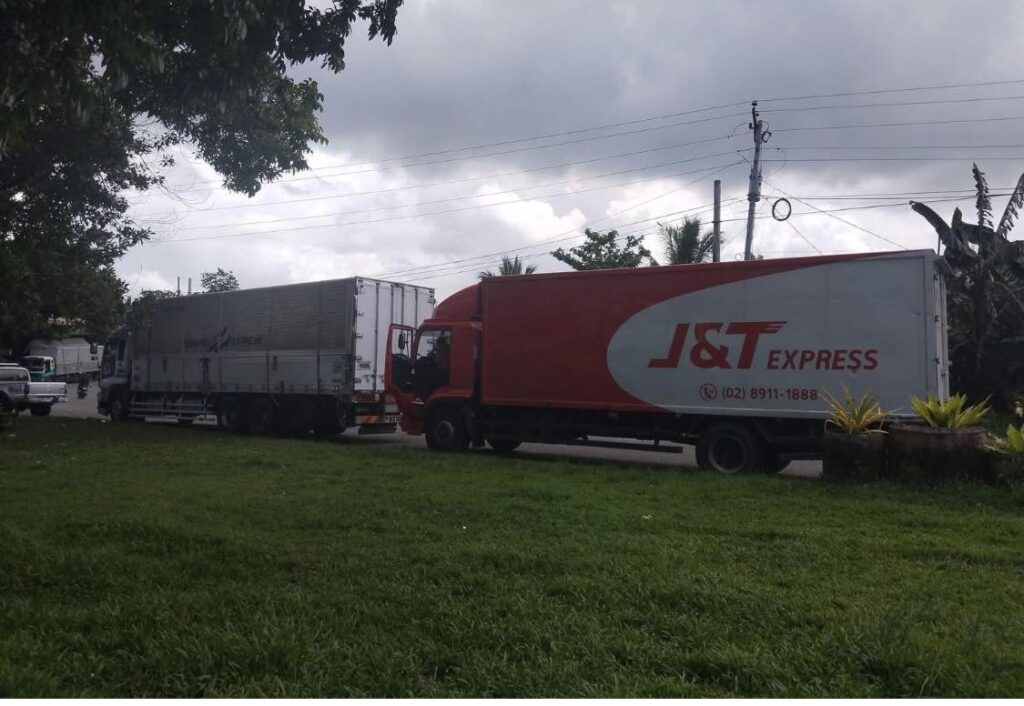Alleged continued inaction by port authorities in Eastern Visayas have sent transport and trade and commerce authorities in Region 8 looking for solutions to the chaos created by the closure of the San Juanico Bridge to vehicular traffic exceeding three tons.


The 52-year-old bridge suffers from superstructure issues that forced the Department of Public Works and Highways (DPWH) recently to enforce a load limit, effectively restricting not just the flow of people but of critical goods like food and fuel to keep the logistics business and commerce flowing unimpeded.
Secretary Vince Dizon had been asked by the DPWH for the Philippine Ports Authority (PPA) under the Department of Transportation (DOTr), and by the Philippine Chamber of Commerce and Industry (PCCI) to act quickly on the request for the modification and repair of port facilities in and around the San Juanico Bridge area but has thus far remained unresponsive.
Context.ph has learned that a coordination meeting of the various stakeholders is developing in Tacloban City at the moment to try to encourage the PPA and secretary Dizon to act with greater resolve and address quickly the need to reroute the estimated 14,000 vehicles that use the bridge daily and who now have to endure long hours at the queue line just to cross the 2.1 kilometer long bridge.
According to the PCCI in Tacloban, the continued PPA inertia only highlights the sorry state of port infrastructure in the area. PCCI chief Eugene Tan in Tacloban earlier said transporting people and goods across the narrow 2-kilometer wide San Juanico Strait is not feasible as the required facilities are either inadequate or unavailable.
The PCCI said the transport of people and goods could best be served by using roll-on roll-off (RORO) barges but even this is problematic. For instance, RORO facilities in Tacloban, while existing, are unavailable and in damaged state due the series of devastations visiting the city since Typhoon Yolanda.
The port of Basey, which is in Samar, is too small to handle the kind of barges needed to transport people and goods across the strait. Besides, the provincial road leading to the port is in such bad repair that vehicles and people would rather not use it.
The port of Carigara, in Leyte, is similarly in disrepair, having been damaged by too many typhoons the past several years, the PCCI said. According to the premiere group of businessmen in Leyte, neither the transport executives nor the public works authorities care enough to look into the repair and upkeep of facilities in the San Juanico area.
The PCCI estimates that around half of the transport vehicles crossing the bridge daily meet the three-ton limit but the rest, most notably logistics vehicles transporting fuel, food and other critical goods, have no choice but ferry across the strait in a single barge brave enough to deliver service the best it can.
The PCCI has since complained that restricting transport across the San Juanico Bridge without the transport and public works authorities providing alternatives has thrown trade and commerce into disarray and confusion in the region that in 2024 proved one of the four fastest in delivering local output growth, measured as the gross domestic product (GDP).
Region 8 or Eastern Visayas grew by 6.2 percent in 2024, along with the Davao Region (6.3 percent), Northern Mindanao (6 percent) and Negros Island (5.9 percent).
The economy as a whole grew by only 5.7 percent last year, according to the Philippine Statistics Authority.







